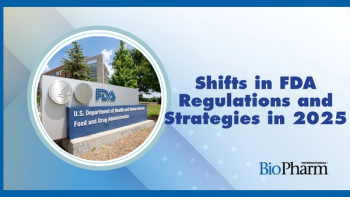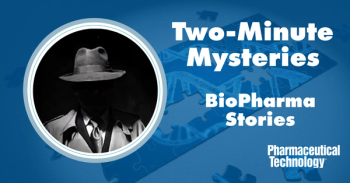
Obama Sends Mixed Message on Support for Biopharmaceutical R&D
President Obama unveils his “Precision Medicine Initiative”.
President Obama took center stage last week to unveil his “Precision Medicine Initiative,” a $215 million program to build a massive database of patient genomic information to support future biomedical research. The program proposes to set aside $130 million for the National Institutes of Health (NIH) to develop the data system, and another $70 million for the National Cancer Institute to identify genomic factors that will help develop more effective oncology treatments, Obama explained at a White House event on Jan. 30 that brought together Congressional leaders, NIH officials, and leaders of the biomedical community.
FDA would receive $10 million to devise new strategies for regulating next generation sequencing (NGS), and $5 million would fund HHS efforts to develop IT interoperability standards and privacy policies.
The Precision Medicine plan is mentioned in the administration’s budget plan for 2016 released Feb. 2., along with proposals to bolster research in new drugs to combat antibiotic resistance, to support modest increases in NIH and FDA funding. NIH stands to gain a $1 billion budget increase, 3% more than in 2015, which would underwrite these new initiatives, the mega BRAIN research program, and boost NIH’s grant-making capacity.
Most of any budget increase in support for FDA oversight of drug and medical products, however, would come from an ever-increasing pool of industry user fees. Biopharma companies will pay $887 million in 2016 to support human drug regulation, while government funds will amount to only $485 million. The Precision Medicine funds will go to the Center for Devices and Radiological Health to expand its diagnostics office that oversees NGS technologies. FDA will examine the “regulatory landscape” for NGS and discuss regulatory options at a public meeting Feb. 20.
Attacking drug prices (as usual)
More troubling to pharma companies are several perennial Medicare and Medicaid proposals for reducing government spending on prescription drugs. The Obama administration revives previous calls for HHS to gain authority to negotiate prices for “high-cost drugs” in Medicare Part D and for pharma companies to help close the Part D coverage gap more quickly by boosting discounts to 75% of drug costs, up from the current 50%. Obama also wants to end “anticompetitive deals” that block consumer access to generic drugs, reduce exclusivity on brand biologics from 12 to 7 years, curb “evergreen” patents on certain biologics, and boost certain Medicaid drug rebates.
PhRMA president John Castellani denounced these “harmful” proposals as likely to “fundamentally alter” Medicare Part D and curb R&D investment in the U.S. Jim Greenwood of the Biotechnology Industry Organization similarly predicted that limiting data protection and changing Medicare drug coverage would not improve patient access to care, but would undermine the development of new medicines, including the President’s precision medicine initiative. Both administration officials and critics of the budget plan said they would work together to devise acceptable solutions.
Newsletter
Stay at the forefront of biopharmaceutical innovation—subscribe to BioPharm International for expert insights on drug development, manufacturing, compliance, and more.





